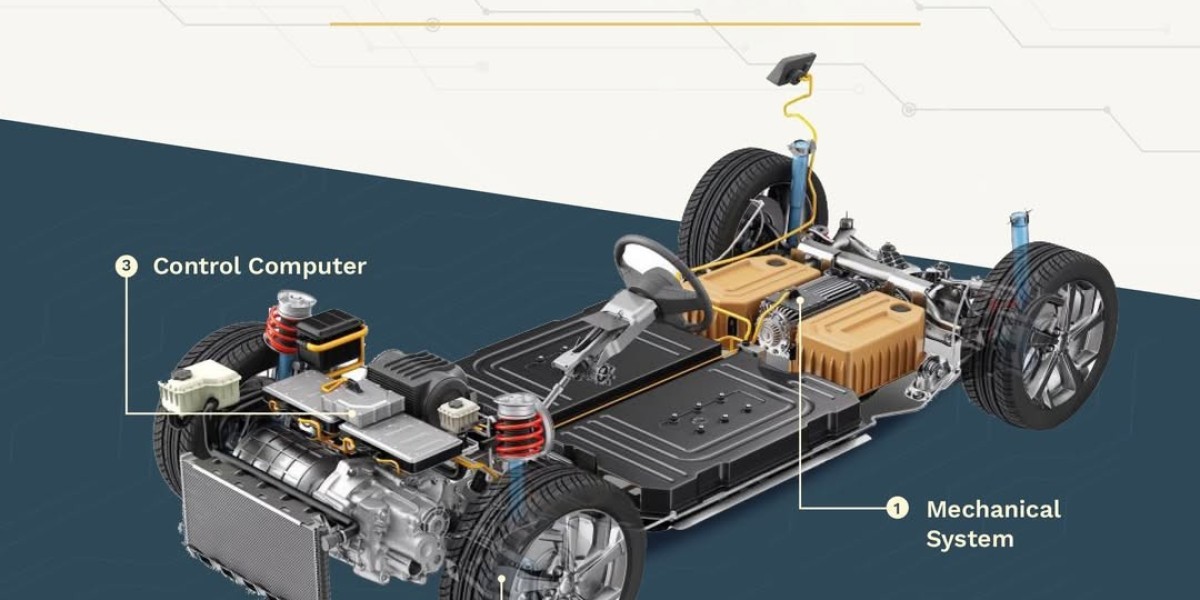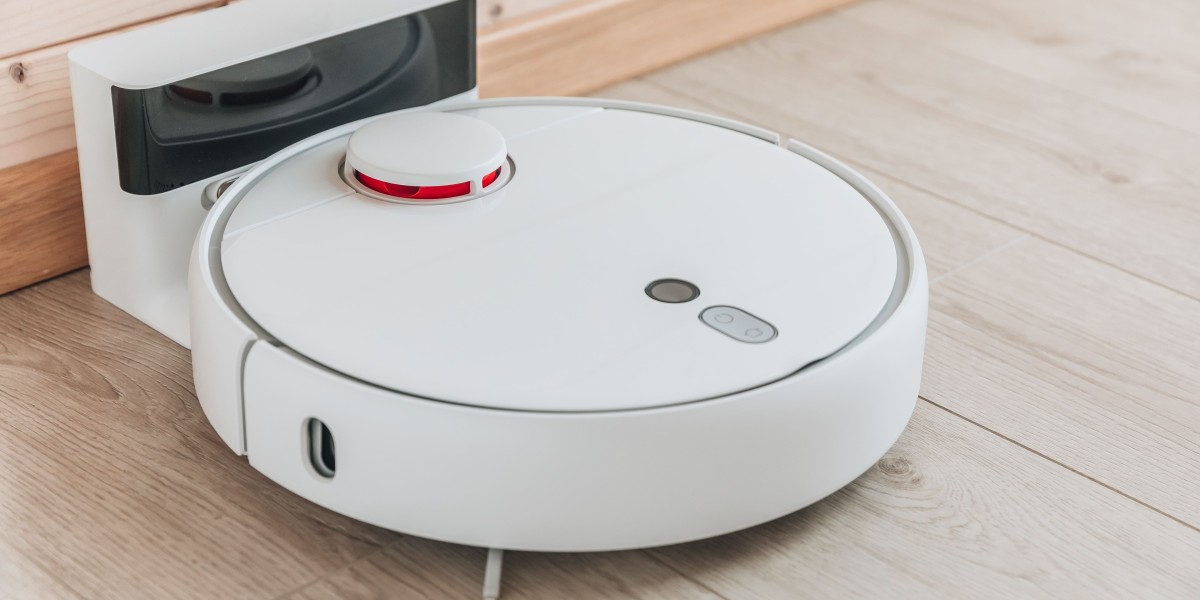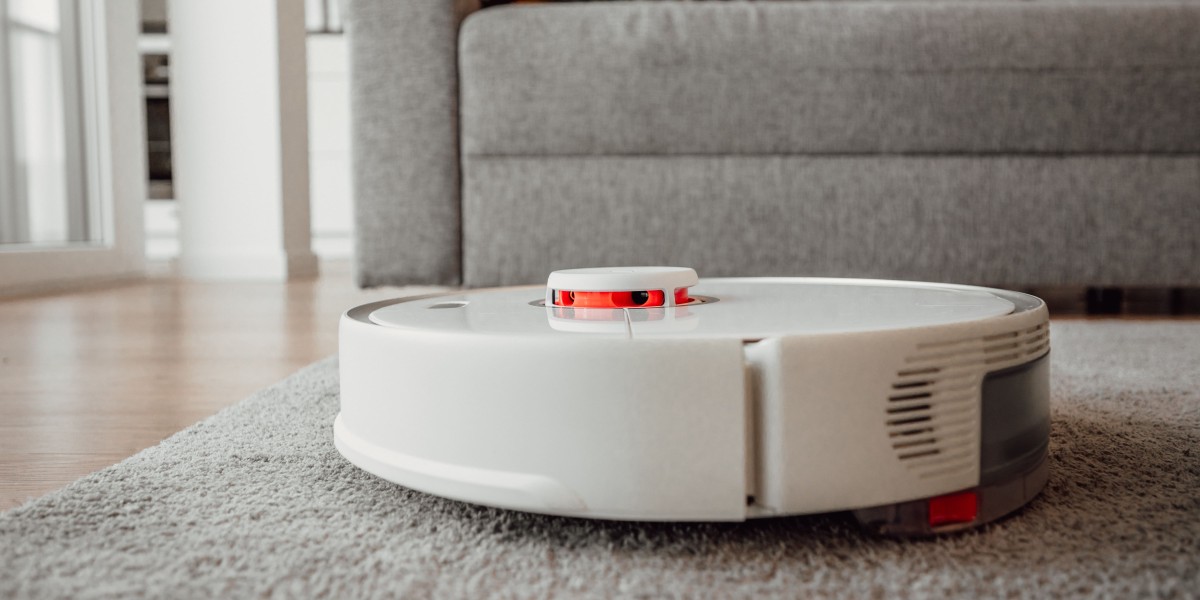In today’s technology-driven world, the line between mechanical and electronic systems has become increasingly blurred. The fusion of mechanical engineering, electronics, computer science, and control systems has given rise to a dynamic and interdisciplinary field known as Mechatronic Design. This integrated approach is not only transforming product development but also redefining efficiency, automation, and innovation across industries.
What is Mechatronic Design?
Mechatronic design refers to the synergistic integration of mechanical components, electronic controls, embedded software, and intelligent systems into a unified product or solution. Rather than developing each component separately and integrating them at the end, mechatronic design promotes a concurrent, systems-level design approach that ensures better performance, reliability, and user experience.
In essence, mechatronics combines:
Mechanical Engineering for structure and motion
Electrical and Electronics Engineering for sensing and actuation
Computer Science for control logic and software
Control Systems Engineering for system feedback and response optimization
Core Components of Mechatronic Design
1. Sensors and Actuators
Sensors collect real-time data from the environment, such as temperature, pressure, or motion, while actuators convert electrical signals into physical actions. Together, they form the essential interface between the system and the physical world.
2. Microcontrollers and Embedded Systems
These serve as the "brain" of a mechatronic system. Microcontrollers process sensor input and execute control algorithms to manage actuators and ensure desired system behavior.
3. Mechanical Structures
Mechanical components form the skeleton and moving parts of the system. This includes linkages, gears, shafts, and other structural elements designed for function and durability.
4. Software and Control Algorithms
The behavior of the system is governed by software embedded in the controller. Algorithms determine how the system should respond to different inputs, enabling functions like automation, decision-making, and fault handling.
5. Human-Machine Interface (HMI)
Modern mechatronic systems often include user-friendly interfaces such as touchscreens, remote controls, or mobile apps for monitoring and control.
Applications of Mechatronic Design
The versatility of mechatronic systems has led to widespread applications across various industries:
Automotive
From automatic braking and adaptive cruise control to advanced driver assistance systems (ADAS) and electric vehicle (EV) powertrains, mechatronics plays a pivotal role in enhancing safety, comfort, and efficiency.
Industrial Automation
Robotic arms, conveyor systems, CNC machines, and smart manufacturing lines are all examples of mechatronic design enabling precision and productivity in factories.
Consumer Electronics
Smart appliances, wearable devices, drones, and home automation systems incorporate mechatronic principles for seamless interaction and intelligent operation.
Medical Devices
Innovations such as surgical robots, infusion pumps, and automated diagnostic tools rely on mechatronic design for reliability and performance.
Aerospace and Defense
Mechatronic systems help in flight control, missile guidance, and unmanned aerial vehicles (UAVs), offering high precision and autonomous functionality.
Advantages of Mechatronic Design
1. Increased Efficiency
By integrating multiple systems into a single solution, mechatronics reduces energy consumption, optimizes performance, and enhances overall system efficiency.
2. Improved Reliability
Unified design minimizes incompatibility and reduces the likelihood of system failure. Real-time monitoring and feedback loops enable proactive fault detection and correction.
3. Flexibility and Scalability
Mechatronic systems can be customized and scaled to meet different application needs, making them ideal for both mass production and specialized solutions.
4. Compact and Cost-Effective
Combining multiple functions into a single system often reduces the number of components, saves space, and lowers manufacturing and maintenance costs.
5. Faster Time-to-Market
An integrated design approach, supported by simulation and model-based development tools, accelerates prototyping, testing, and product rollout.
Mechatronic Design Process
Successful mechatronic design follows a structured process:
Requirements Analysis Define performance goals, constraints, and environmental conditions.
Conceptual Design Identify potential architectures and select the best-fit combination of mechanical, electrical, and software components.
Modeling and Simulation Use tools like MATLAB/Simulink, SolidWorks, or ANSYS to simulate behavior, interactions, and performance under various conditions.
System Integration Integrate subsystems to build a working prototype, resolving interface and communication issues.
Testing and Validation Verify performance through laboratory tests, environmental simulations, and field trials.
Deployment and Maintenance Deploy the system into operation, with mechanisms for updates, monitoring, and diagnostics.
Challenges in Mechatronic Design
Despite its benefits, mechatronic design faces several challenges:
Interdisciplinary Coordination: Requires close collaboration among experts in different domains.
Complexity Management: Balancing the interactions between components and ensuring robust system behavior.
Real-Time Constraints: Systems must operate in real-time, often under tight response requirements.
Cost Constraints: Designing high-performance systems within budget limitations.
Future Trends in Mechatronic Design
With rapid advances in AI, IoT, and edge computing, mechatronic systems are evolving into intelligent, connected ecosystems. Key trends include:
AI Integration: Adding machine learning capabilities for adaptive behavior and decision-making.
Digital Twins: Using virtual models to simulate, monitor, and optimize systems in real time.
Wireless Connectivity: Enabling remote control, diagnostics, and updates.
Energy Efficiency: Designing systems with reduced power consumption and environmental impact.
Conclusion
Mechatronic design by servotech inc represents the future of smart engineering, offering powerful solutions that are precise, efficient, and intelligent. By integrating mechanical systems with electronics and control software, mechatronic design enables the development of next-generation products that meet the demands of modern industry and consumer needs.
As technology continues to evolve, the importance of mechatronics will only grow—driving innovation across fields and setting new standards in automation, performance, and user experience.







